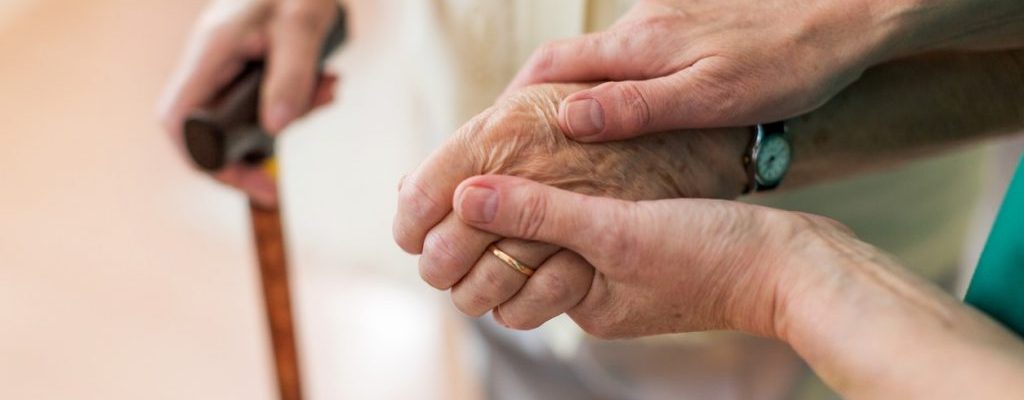Preventing COVID-19 infections in care homes

As we carefully move forward from the restrictions we have lived under in recent months, COVID-19 infection incidents in care homes are coming down. We have now also had a change in guidance from the Department of Health and Social Care (DHSC) which includes visitor testing information and aims to enable more visiting for more people.
These changes reflect a difficult balance, with a continuing risk of transmission of COVID-19 and the risks of the harmful impact on residents’ wellbeing of isolation, as well as on family members. Sadly, we are still seeing some instances of COVID-19 infection and associated deaths in care homes, which is why we cannot be complacent. However, as the vaccination of the population rolls out, everyone in care homes will now have been offered the opportunity to have a vaccine and if they haven’t already had a second jab, will have soon. Vaccination has been shown to offer significant protection from COVID-19 for over-80s.
We’re continually looking carefully at the data being gathered which can tell us about vaccine effectiveness and care homes. It is helpful that the latest Siren study findings on reinfection show healthcare workers were 72% less likely to develop infection after one dose of the vaccine, rising to 86% after the second dose. Combine this with the data indicating vaccination gives a much increased chance of either preventing infection or any infection being less severe and we see a broadly positive (but still complex) picture; feedback we are getting is that there are far fewer and less serious outbreaks. Importantly, older people, aged over 80, who develop COVID-19 infection, who have been vaccinated, have a much lower risk of death, about 56% lower, than someone with infection who hasn’t been vaccinated.
This doesn’t mean that we can take our foot off the pedal. Far from it. As with vaccines giving good, but not 100 per cent protection, if we are to keep a lid on outbreaks, we also need to keep using best practice for infection control – social distancing, hand washing and appropriate PPE. These are crucial as the guidance that every resident can nominate a single named visitor who will be able to enter the care home for regular visits came into force from 8th March.
Visiting in care homes is being enabled through use of testing, the right use of PPE and other infection prevention and control (IPC) measures. The lateral flow device (LFD) threshold testing is highly effective at detecting those who are actively infected with a high viral load and these are the people most likely to spread infection. We know a negative test alone is not proof against transmission of infection and this is why appropriate PPE and IPC measures remain so important.
Restricting visits to a named single visitor is also part of our current infection control measures, as keeping numbers of visitors low for now will give us confidence about future moves to increase numbers as we learn more about the impact of visiting on the risk of outbreaks and understand more about the protective impact of vaccine on disease transmission.
For every visit, visitors will need to have a test which will help indicate if they have COVID-19. The accuracy and reliability of these test were highlighted in recent analysis, which showed them to have extremely low false positive rates. Visitors will also need to wear appropriate PPE and follow all other infection control measures, which the care home will provide advice and guidance on.
Residents with the highest care needs will also be able to nominate an essential care giver who will then participate in enhanced testing and receive additional support in appropriate use of PPE similar to that offered to staff members. Other friends or family member visits can also be put in place by care homes with arrangements such as outdoor visiting, substantial screens, visiting pods, or behind windows.
People working in the care sector have had an incredibly tough year and we have been amazed at the efforts they have gone to as they look after the people they care for. We know care workers have been taking up vaccinations at a significant rate, with around three quarters of care home staff now having had their first jab. This response will make a huge difference and vaccination of staff plays a crucial role in reducing infection. But we are keen to get the level of vaccine coverage as high as possible to protect staff, residents and visitors to care homes. If any individual staff have not yet received their vaccine due to access issues, they should discuss this with their manager. PHE is working closely with DHSC and NHS England/Improvement to ensure care workers are supported in accessing the vaccine with different delivery models depending on both need and circumstances in specific care homes.
View original article
Contributor: Éamonn O’Moore

